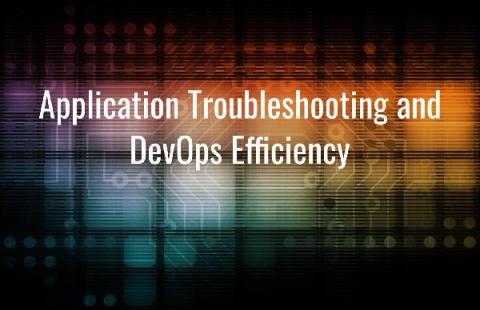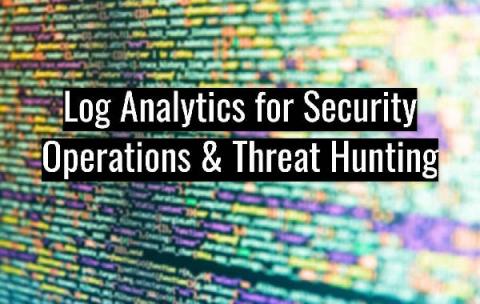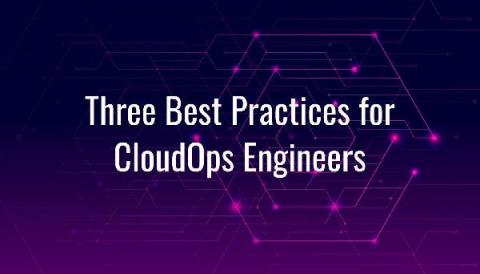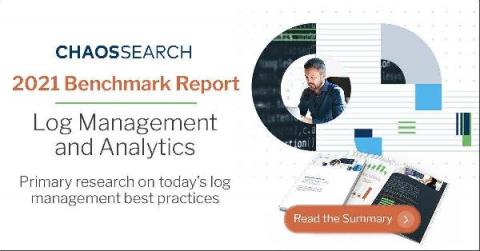Operations | Monitoring | ITSM | DevOps | Cloud
ChaosSearch
5 Minute ChaosSearch Overview
Check out this 5 min overview of ChaosSearch
Centralized Log Management and APM/Observability for Application Troubleshooting and DevOps Efficiency
DevOps has become the dominant application development and delivery methodology today, embraced over traditional software development methods by teams striving for lightning-fast innovation and more frequent releases without compromising on quality, stability, or productivity.
Think you need a data lakehouse?
In our Data Lake vs Data Warehouse blog, we explored the differences between two of the leading data management solutions for enterprises over the last decade. We highlighted the key capabilities of data lakes and data warehouses with real examples of enterprises using both solutions to support data analytics use cases in their daily operations.
How Log Analytics Powers Cloud Operations, Part II: Use Cases
Cloud computing shapes the ability of enterprises to transform themselves and compete in the 2020s. By renting elastic cloud resources, enterprises can support new customer platforms, distributed workforces, and back-office operations. The cross-functional discipline of CloudOps helps enterprises realize the promise of cloud computing by optimizing applications and infrastructure on cloud platforms.
Log Analytics and SIEM for Enterprise Security Operations and Threat Hunting
Today’s enterprise networks are heterogeneous, have multiple entry points, integrate with cloud-based applications, offer data center delivered services, include applications that run at the edge of the network, and generate massive amounts of transactional data. In effect, enterprise networks have become larger, more complex, and more difficult to secure and manage.
The Business Case for Switching from the ELK Stack
Last year we published a popular paper on how to calculate the true cost of an Elasticsearch, or ELK (for Elasticsearch, Logstash, Kibana) stack environment. The paper helps readers calculate their overall annual cost of ownership for their ELK environment, and reveals how the cost burden of ELK is much higher than anticipated for most customers. That paper clearly hit a nerve — it’s been, by far, our most downloaded piece of content.
How to Move Kubernetes Logs to S3 with Logstash
Sometimes, the data you want to analyze lives in AWS S3 buckets by default. If that’s the case for the data you need to work with, good on you: You can easily ingest it into an analytics tool that integrates with S3. But what if you have a data source — such as logs generated by applications running in a Kubernetes cluster — that isn’t stored natively in S3? Can you manage and analyze that data in a cost-efficient, scalable way? The answer is yes, you can.
How Log Analytics Powers Cloud Operations: Three Best Practices for CloudOps Engineers
At the turn of the 20th Century, enterprises shut down their clunky generators and started buying electricity from new utilities such as the Edison Illuminating Company. In doing so, they cut costs, simplified operations, and made profound leaps in productivity. The promise of modern cloud computing invites easy comparisons to those first electric utilities: outsource to them, save money and simplify.
2021 Benchmark Report | Log Management and Analytics
The global market for log management was valued at $1.9 billion in 2020, according to MarketsandMarkets. Analysts predict this will grow to $3.7 billion by 2025. With this massive growth in log data, there will also be massive demand for escalated support in log management systems.











